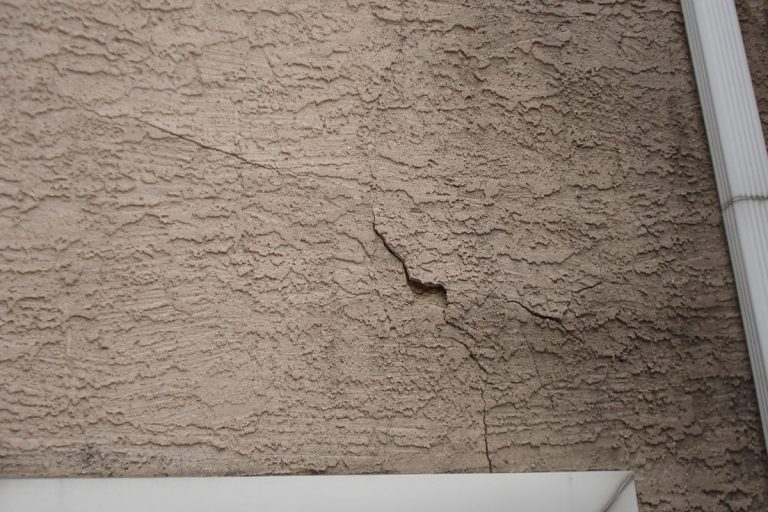Stucco, with its durable and aesthetic appeal, has been a favored exterior finish for homes for many years. However, despite its resilience, it’s not immune to wear and tear. Cracks and holes can mar its appearance and if left unattended, can lead to more significant structural issues. Repairing stucco is a crucial maintenance task that homeowners should not overlook. Whether you’re dealing with hairline cracks or more substantial holes, understanding the right techniques and materials for stucco repair is essential. In this guide, we’ll navigate the steps to effectively mend stucco, ensuring your home’s exterior remains in pristine condition.
Understanding Stucco and Its Common Issues
Why does stucco develop cracks and holes?
Stucco develops cracks and holes primarily as a result of various factors, including weathering and the shifting of underlying structures. These factors can weaken the integrity of the stucco over time, leading to the formation of cracks and holes in its surface.
Weathering, such as exposure to rain, wind, and fluctuating temperatures, can gradually erode the stucco material, causing it to crack and deteriorate. Additionally, the natural expansion and contraction of the building materials beneath the stucco, such as wood framing or metal lath, can contribute to stress on the stucco surface, eventually leading to cracks and holes.
The life expectancy of stucco siding
The life expectancy of stucco siding can vary depending on various factors such as climate, maintenance, and installation quality. Generally, well-maintained stucco siding can last for several decades or even longer. However, factors such as exposure to extreme weather conditions, inadequate maintenance, or poor installation practices can reduce its lifespan.
In regions with mild climates and proper maintenance routines, stucco siding can endure for 50 years or more. Regular inspections, cleaning, and timely repairs of any cracks or damage can help extend its lifespan. Additionally, ensuring proper drainage and ventilation around the exterior walls can prevent moisture buildup, which can contribute to deterioration over time.
How to repair stucco cracks and holes
Repairing both stucco cracks and holes requires a systematic approach. Here’s a comprehensive guide on how to do it:
- Clean the Area: Begin by thoroughly cleaning the cracked or damaged area of the stucco to remove any dirt, debris, or loose material. Use a stiff brush or wire brush to ensure the surface is clean and free from contaminants.
- Assess the Damage: Evaluate the size, depth, and extent of the cracks and holes to determine the appropriate repair method and materials needed.
- Prepare the Surface: Use a chisel, screwdriver, or similar tool to widen and clean out the cracks and holes, removing any loose or crumbling stucco material. Create a clean and stable surface for the repair by smoothing the edges and ensuring there are no protruding fragments.
- Apply Bonding Agent: Apply a bonding agent or primer to the prepared cracks and holes according to the manufacturer’s instructions. This helps improve adhesion between the existing stucco and the repair material.
- Mix Repair Material: Prepare the stucco patching compound according to the manufacturer’s recommendations. Mix the powder with water in a bucket or wheelbarrow to achieve the desired consistency.
- Fill Cracks and Holes: Using a trowel or putty knife, fill the cracks and holes with the stucco repair material, pressing it firmly into place to ensure it completely fills the space. Build up the repair in layers if necessary, allowing each layer to dry before applying the next.
- Smooth and Feather Edges: Once the cracks and holes are filled, use the trowel or putty knife to smooth the surface of the repair material and feather the edges to blend with the surrounding stucco. This helps create a seamless transition between the repair and the existing stucco surface.
- Allow to Cure: Allow the repair material to cure completely according to the manufacturer’s instructions. This typically involves allowing it to dry for a certain period of time before applying any further coats or finishes.
- Texture and Finish: Once the repair material has cured, texture the surface to match the existing stucco finish using a trowel, sponge, or other texturing tools. Alternatively, you can apply a final coat of paint or sealant to protect the repaired area and ensure uniformity with the rest of the stucco surface.

